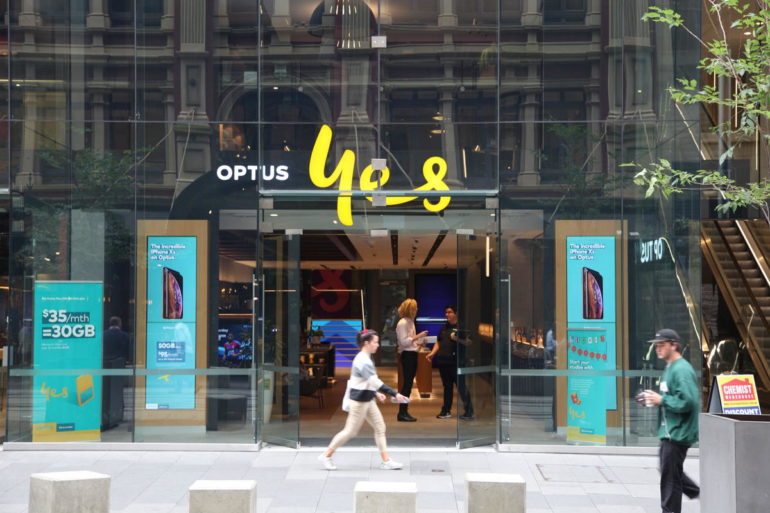Singapore-owned Australian telco Optus has walked away from the full year to March 31 a little battered and bruised. The company saw declines across the board, and thanks to a number of expectional items, recorded a AU$208 million net loss for the year, a drop of AU$610 million.
Revenue was down 7% to AU$8.32 billion, and earnings before interest, tax, depreciation, and amortisation (EBITDA) fell by a quarter to AU$2 billion, and underlying net profit dropped 98% to AU$8 million.
The underlying profit turned into a AU$208 million net loss once AU$216 million of exceptional items were taken into account.
“With the completion of the NBN rollout in Australia and the subsequent migration of customers, Optus has undertaken a comprehensive review of its network assets and recorded non-cash impairment charges of AU$197 million due mainly to its legacy fixed access networks that will no longer be used,” the company said.
Optus added it also had a AU$98 million item against its payroll review that saw thousands of its current and former workers potentially having underpaid superannuation.
“Optus has also undertaken a programme to review its staff compensation and has recorded an exceptional charge of AU$98 million relating to staff payroll adjustments, professional fees as well as remediation of Optus’ systems and processes,” it said.
Beyond the exceptional items, Optus said the revenue reductions were due to COVID-19, lower payments from NBN for transferring customers coupled with shrinking margins on NBN connections, and lower equipment sales.
“This has been a challenging year with COVID-19 and structural NBN impacts affecting the whole industry,” Optus CEO Kelly Bayer Rosmarin said.
“However, Optus continued to prioritise keeping Australians connected, ensuring our teams were safe and employed, and investing in our network, customer service, and digital experiences.”
Giving an update on its plans to sell off its tower business, the company said it finished restructuring the towers into Australia Tower Network and began the sale process in April. Optus will be taking bids in June, and will look to wrap the divestiture of up to 70% of the business during the second half of 2021.
Australia Tower Network has 3,212 towers under its remit, 565 committed builds, and a current tenancy ratio on its towers of 1.6.
For its enterprise segment, revenue was up 2.3% to AU$1.23 billion. Managed services saw sales grow 7.3% to AU$448 million, cybersecurity increased 19% to AU$120 million, and mobile service revenue increased 9.3% to AU$173 million. Headed in the other direction, equipment sales plunged 21% to AU$61 million, data and internet dropped 5.6% to AU$237 million, and fixed voice declined 3% to AU$194 million.
EBITDA for the enterprise division increased 21% to AU$116 million.
For the consumer division, revenue was down 8.6% to AU$7.1 billion for the full year, EBITDA dropped 26% to AU$1.88 billion. Optus saw its number of prepaid plans drop 12% to 2.97 million, and postpaid plans fell 1% to 5.77 million. Average revenue per user in prepaid grew 2% to AU$19 a month, while postpaid was steady at AU$37.
The total number of customers on Optus Sport grew during the year from 821,000 to 870,000.
The company is set to spend AU$1.5 billion in capital expenditure over its next financial year, while the rest of the Singtel group will spend SG$800 million.
Overall for Singtel, revenue was down 5.4% during the year to SG$15.6 billion, and EBITDA fell 15.6% to SG$3.8 billion.
On Wednesday, Optus said it has completed a 5G standalone call using a handset from Oppo and network equipment from Ericsson.
“The success of this technology milestone is a leap towards full deployment of Optus’ 5G standalone architecture nationwide, and we are already working on enabling 5G standalone voice calls using Voice over New Radio,” Optus managing director of networks Lambo Kanagaratnam said.
“As we evolve our network, 5G standalone will enable future opportunities, including on-premise 5G and end-to-end network slicing allowing personalisation and control for our customers.”



